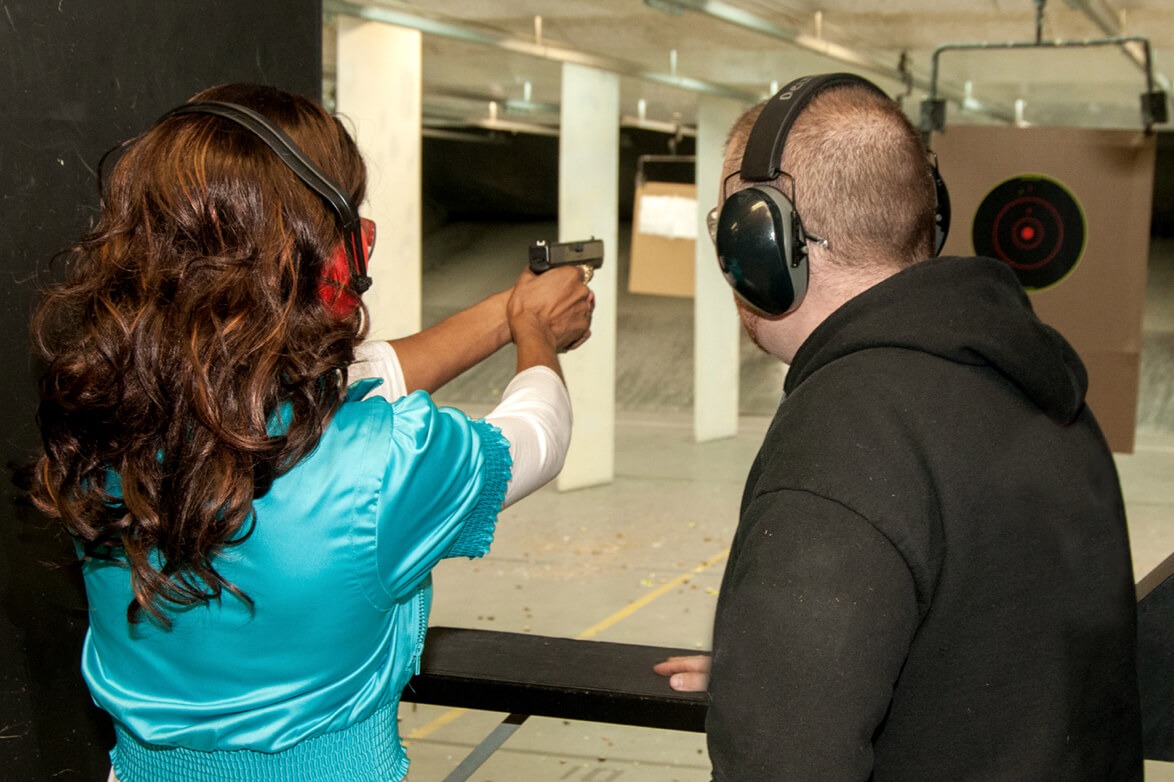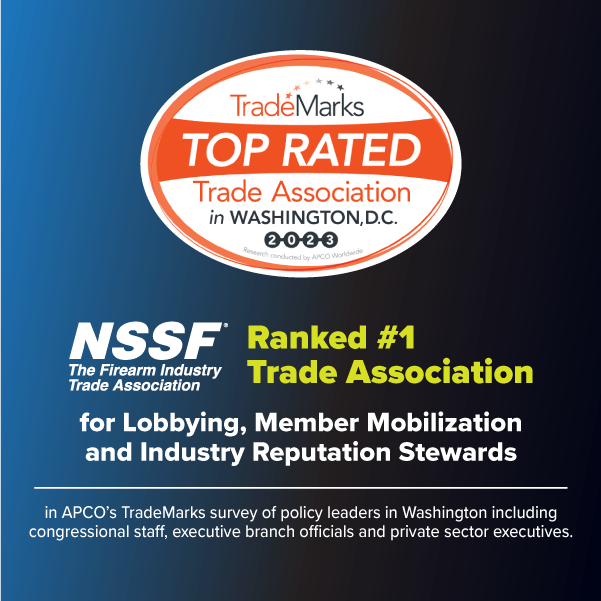 Back to News
Back to News
September 20, 2017
FFLs, Hurricanes and Rusted Firearms—What You Need to Know
Can a compromised firearm serial number affect your compliance?
In the aftermath of the recent hurricanes in Texas and the Southeast, I was asked by an NSSF member who has a gunsmithing operation what he should record for the serial numbers of firearms turned in by customers whose homes had flooded, wherein the serial numbers were partially or completely rusted over. I reached out to ATF’s Firearms Industry Programs Branch and asked for its guidance. Here’s the reply:
Mr. Nelson,
Thank you for your recent inquiry to the Firearms Industry Programs Branch (FIPB). This is in response to your email, in which you inquired about the procedures required of a Federal firearms license (FFL) to record firearms in an A&D record when the firearm serial number has been partially or completely oxidized (rusted). The Gun Control Act of 1968 (GCA) at 18 U.S.C. 922(k) states:
It shall be unlawful for any person knowingly to transport, ship, or receive, in interstate or foreign commerce, any firearm which has had the importer’s or manufacturer’s serial number removed, obliterated, or altered or to possess or receive any firearm which has had the importer’s or manufacturer’s serial number removed, obliterated, or altered and has, at any time, been shipped or transported in interstate or foreign commerce.
The oxidation of a firearm serial number does not mean the serial number has been altered. If the serial number is partially or completely unrecognizable, the FFL would need to employ methods to restore the serial number (e.g., lubricants, cleaners, buffing, etc.) to determine if the oxidation has actually made the serial number unrecognizable. Regardless of the readability of a firearm serial number, licensees must still record the acquisition of each firearm received by the close of the next business day following such acquisition. 27 CFR 478.125(e). If the serial number is, in fact, unrecognizable then an ATF serial number may be issued only if the serial number was made unrecognizable by other than a willful violation of law. This would involve having an ATF agent physically inspect the firearm to make that determination. Please contact your local ATF office and ask to speak to a special agent regarding this matter. A listing of your local ATF office and contact phone numbers can be found here.
Accordingly, any firearm that appears to have had a serial number rendered unrecognizable must still be recorded in a licensee’s A&D records. Whatever serial number information is available on the firearm shall be recorded in the A&D record. The licensee would then contact the local ATF office regarding the partially or completely unrecognizable serial number.
In addition, there may be State laws that pertain to this proposed activity. Contact State Police units or the office of your State Attorney General (www.naag.org) for information on any such requirements.
We trust the foregoing has been responsive to your inquiry. Should you have additional questions, please contact your local ATF office.
Regards,
L. Babbie | Firearms Enforcement Specialist
U.S. Department of Justice | Bureau of Alcohol, Tobacco, Firearms and Explosives
Firearms Industry Programs Branch
99 New York Avenue NE, Mail Stop 6.N-518
Washington, DC 20226
Have questions about your FFL’s compliance program? NSSF is ready to help. Click here for more information about NSSF’s library of compliance resources and to learn how you can work with one of our Compliance Consultant Team Members.









